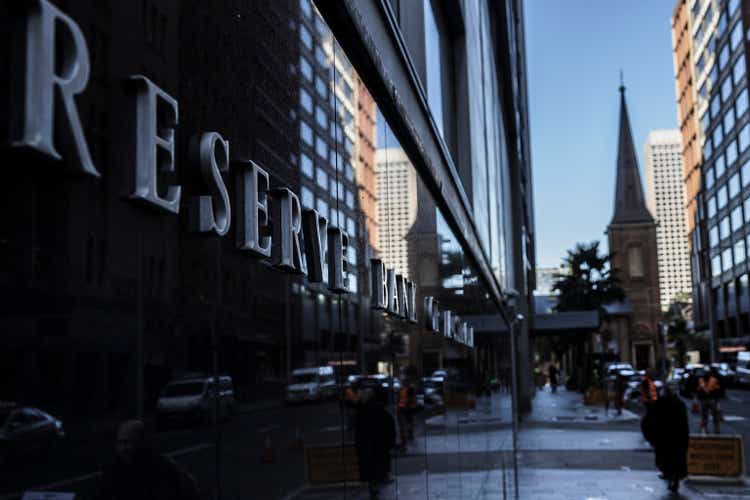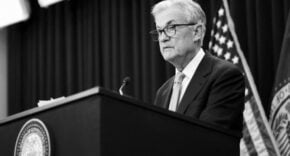
Are central bank rate hikes coming to an end? It sure is Down Under – at least for now. The Reserve Bank of Australia is pausing its aggressive tightening cycle, holding rates on Tuesday for the first time in almost a year. Policymakers kept the official cash rate at 3.60%, taking a key timeout to size up the latest market happenings and economic developments.
More ammo if required: “The decision to hold interest rates steady this month provides the board with more time to assess the state of the economy and the outlook, in an environment of considerable uncertainty,” explained Philip Lowe, Australia’s central bank governor. “Some further tightening of monetary policy may well be needed.”
While keeping the door open for a return to rate hikes, growth concerns might soon overtake inflation threats in terms of central banks’ top priority. Other global banks have also been tightening at a rapid pace, with the Federal Reserve hiking interest rates by 475 basis points in nine successive meetings. In a new Seeking Alpha article, contributor Trading Ahead highlights What The Fed Really Wants, citing a “window of opportunity this year to cure the macroeconomic problem before it gets worse.”
Go deeper: The financial turmoil erupting from the collapse of Silicon Valley Bank, Credit Suisse and others hasn’t helped the situation, as central banks attempt to engineer a soft landing to avoid a recession. Events in the banking system might also “contribute to significant tightening in credit conditions over time, and in principle, that means that monetary policy may have less work to do,” Jerome Powell noted at the last FOMC meeting, possibly foreshadowing a coming decision. Whether the Fed ends up pulling the trigger on another 25 bps rate hike in May remains to be seen, but according to the CME’s FedWatch Tool, those chances have been split down the middle for much of the past week.










